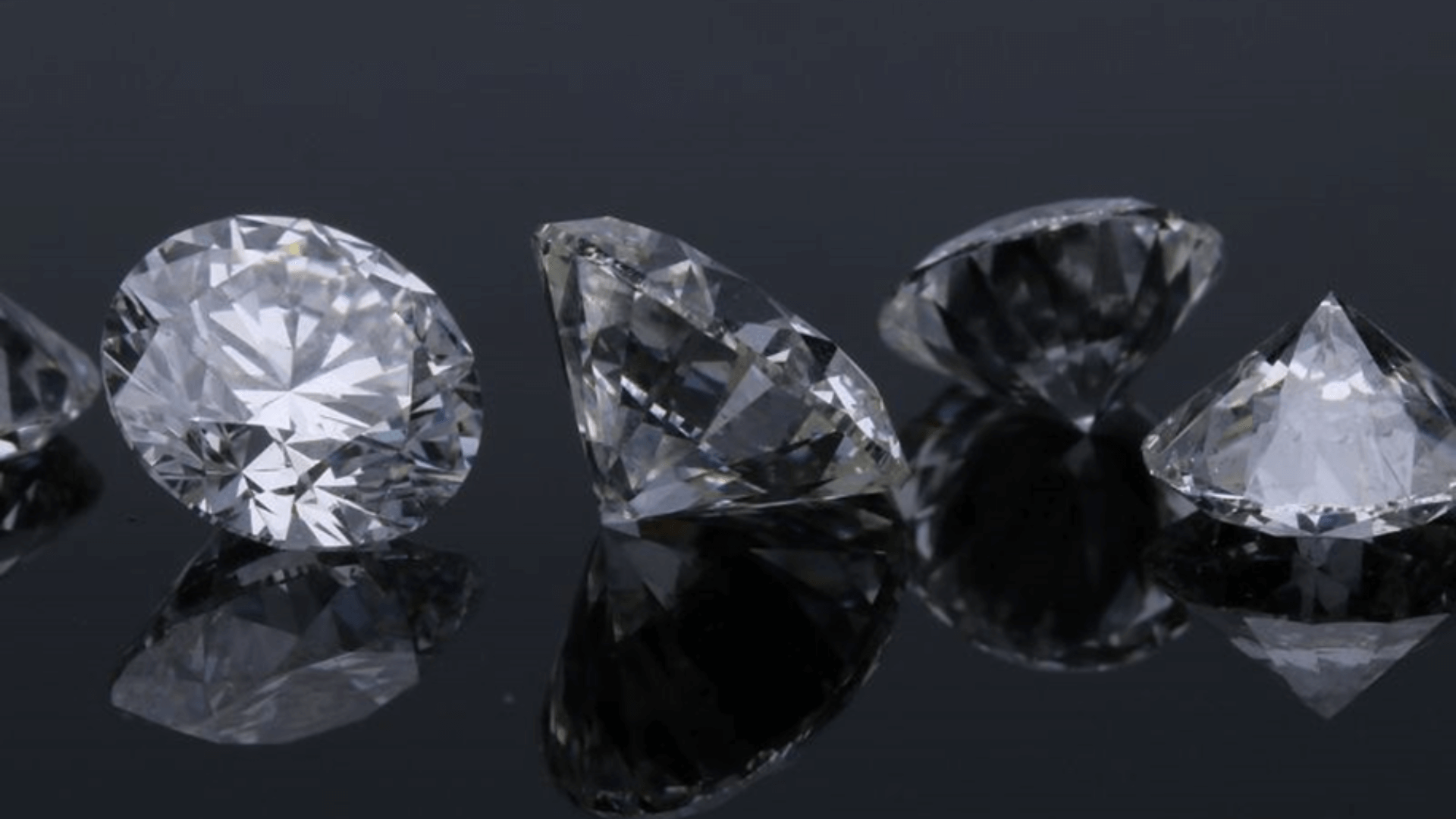Introduction
In the vibrant world of jewelry, lab diamond substitutes have emerged as compelling alternatives to natural diamonds. Whether due to ethical concerns, budget considerations, or sheer preference, these substitutes offer a range of options that cater to various consumer needs and desires.
Understanding Lab-Grown Diamonds
Lab-grown diamonds, also known as synthetic diamonds, are produced in controlled laboratory environments using advanced technological processes that mimic the natural diamond formation. They possess identical physical and chemical properties to natural diamonds but are created under controlled conditions, making them more sustainable and often more affordable.
Types of Lab Diamond Substitutes
Moissanite
Moissanite, a popular diamond simulant, is composed of silicon carbide and is known for its brilliance and durability. While it differs slightly in optical properties from diamonds, its exceptional fire and affordability make it a favored alternative in jewelry.
White Sapphire
White sapphire, a gem-quality variety of corundum, closely resembles diamonds in appearance but differs in hardness and sparkle. It offers a more budget-friendly option with a brilliant sparkle that appeals to those seeking a diamond-like look without the cost.
Cubic Zirconia (CZ)
Cubic Zirconia (CZ) has been a stalwart in the realm of diamond substitutes for decades. It is synthesized from zirconium dioxide and is renowned for its brilliance and clarity. CZ is widely used in fashion jewelry and provides an economical choice for consumers looking to emulate the brilliance of diamonds without the hefty price tag.
Other Gemstone Alternatives
Emerald, Ruby, and Sapphire Simulants Beyond diamonds, other gemstones such as emerald, ruby, and sapphire simulants offer unique alternatives in jewelry design. These simulants mimic the visual appeal of their natural counterparts while providing flexibility in design and color options.
Quality and Durability
Lab diamond substitutes vary in durability compared to natural diamonds. While some, like moissanite and CZ, are highly durable and suitable for everyday wear, others may require more care and maintenance. Understanding their durability and wearability is crucial for making informed purchasing decisions.
Aesthetics and Optical Properties
The allure of diamonds lies in their brilliance, fire, and scintillation. Lab diamond substitutes strive to replicate these optical properties, though each alternative may exhibit unique characteristics that appeal to different tastes and preferences in jewelry design.
Environmental and Ethical Considerations
Sustainability of Lab-Grown vs. Natural Diamonds
Lab-grown diamonds and their substitutes are often touted as more sustainable options compared to natural diamonds, which require extensive mining processes. Ethical considerations regarding labor practices and environmental impact play a significant role in consumer choices.
Cost Comparison
Lab diamond substitutes offer a range of price points that cater to different budgets. Understanding the cost differences between lab-grown diamonds, natural diamonds, and substitutes helps consumers assess value for money and investment potential.
Popular Brands and Suppliers
Leading Manufacturers of Lab Diamond Substitutes
Recognizable brands and reputable suppliers play a crucial role in the market for lab diamond substitutes. Consumer trust and satisfaction are often influenced by the reputation and reliability of these brands.
Consumer Insights and Preferences
Reasons for Choosing Substitutes over Natural Diamonds
Consumer attitudes towards lab diamond substitutes are shaped by various factors, including ethical considerations, affordability, and personal preferences. Understanding these motivations provides valuable insights into market trends and consumer behavior.
Jewelry Design and Customization
Design Flexibility with Lab Diamond Substitutes
The versatility of lab diamond substitutes allows for innovative and intricate jewelry designs. Jewelry designers leverage these substitutes to create stunning pieces that cater to diverse aesthetic tastes and styles.
Misconceptions and Myths
Common Myths about Lab-Grown and Substitute Diamonds
Addressing misconceptions and clarifying myths surrounding lab diamonds and substitute diamonds is essential for educating consumers and fostering informed decision-making.
Buying Guide
Tips for Purchasing Lab Diamond Substitutes
Practical tips and considerations for buying lab diamond substitutes help consumers navigate the marketplace and make confident purchasing decisions.
Conclusion
In conclusion, lab diamond substitutes offer an array of options for consumers seeking ethical, affordable, and visually appealing alternatives to natural diamonds. As technology advances and consumer preferences evolve, the market for these substitutes continues to grow, promising a bright future in the ever-evolving landscape of jewelry design and consumer choice.

